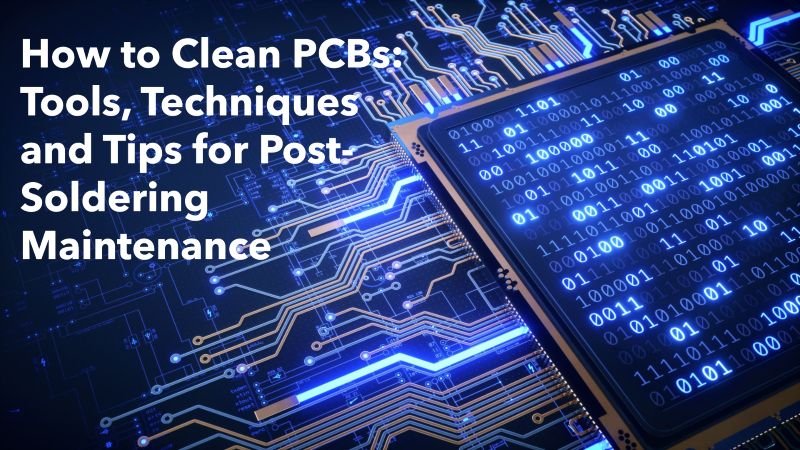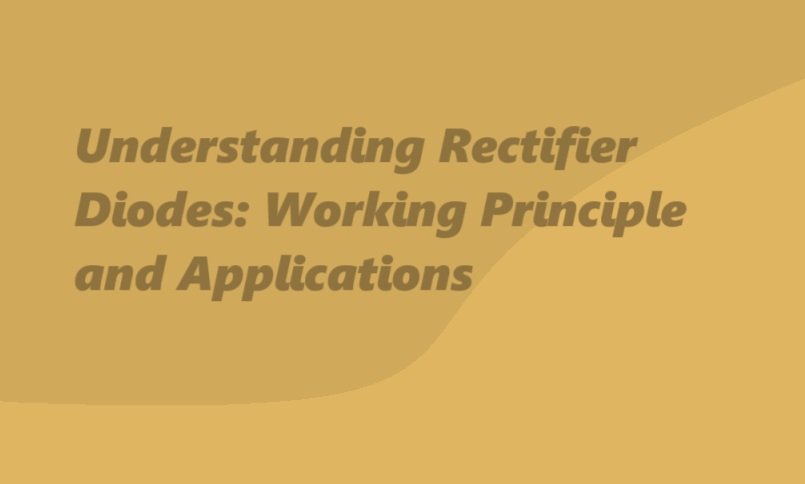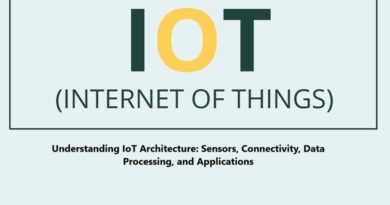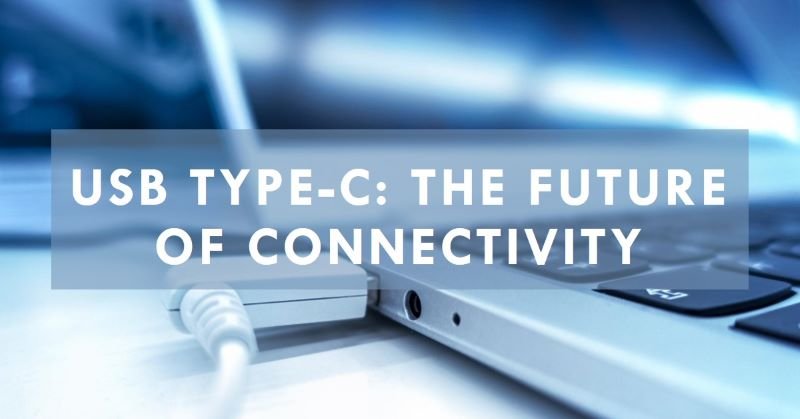How to Clean PCBs: Tools, Techniques and Tips for Post-Soldering Maintenance
Surface Mount Technology (SMT) soldering is a extensively used method in electronic assembly, allowing for compact and efficient designs. However, the soldering process often leaves behind residues such as flux, solder paste and other contaminants. These residues can compromise the performance and reliability of the printed circuit boards (PCBs). Cleaning PCBs after SMT soldering is a critical step to ensure optimal functionality, longevity, and compliance with industry standards.
Why Cleaning PCBs is Essential
Effects of Residual Contaminants on PCB Performance
- Short Circuits Residual flux or solder paste can create conductive pathways, especially in high-humidity environments, leading to unintended short circuits and potential damage to the board.
- Reduced Lifespan of Components Contaminants can lead to corrosion of components and traces over time, significantly reducing the PCB’s lifespan and reliability.
- Aesthetic and Inspection Issues Visible residues on a PCB can make it difficult to inspect solder joints and other connections, hindering quality assurance processes.
- Compliance with Industry Standards Industry standards like IPC-A-610 specify cleanliness requirements for PCBs. Failing to meet these standards can result in rejected products and compromised reputation.
Tools and Materials Required
Essential Cleaning Supplies
- Isopropyl Alcohol (IPA) or Other Cleaning Solvents
- Effective for dissolving flux residues and other contaminants.
- Ensure the solvent is electronics-grade for safe use on PCBs.
- Brushes (Anti-Static if Possible)
- Useful for scrubbing away stubborn residues.
- Anti-static brushes help prevent static discharge damage.
- Ultrasonic Cleaners
- Ideal for thorough cleaning of densely packed or complex PCBs.
- Ensure compatibility of cleaning solutions with the ultrasonic cleaner.
- Lint-Free Wipes
- Prevent fibers from contaminating the PCB during cleaning.
- Used to apply solvent or wipe away residues.
- Compressed Air or Air Blower
- Helps remove solvent and moisture after cleaning.
- Ensures the PCB is completely dry before use.
Safety Gear
- Gloves
- Protects your hands from harsh chemicals.
- Prevents oils and dirt from your skin contaminating the PCB.
- Goggles
- Shields your eyes from splashes of cleaning solvents.
- Ventilation Masks (if Needed)
- Protects against inhalation of solvent fumes.
- Essential when working in poorly ventilated areas.
Step-by-Step Cleaning Process
4.1 Manual Cleaning
- Using IPA and Brushes for Spot Cleaning
- Dip a small anti-static brush into IPA.
- Gently scrub the areas with visible residues, ensuring not to damage components.
- Wiping Down the Board with Lint-Free Cloths
- Soak a lint-free cloth with IPA and wipe the entire PCB surface.
- Pay extra attention to corners and areas with dense components.
- Proper Disposal of Cleaning Materials
- Dispose of used IPA, brushes, and cloths according to local hazardous waste regulations.
4.2 Ultrasonic Cleaning
- When to Use Ultrasonic Cleaning
- Recommended for complex PCBs or those with hard-to-reach areas.
- Ideal when manual cleaning cannot fully remove residues.
- Filling and Setting Up the Cleaner with Appropriate Solvent
- Fill the ultrasonic cleaner tank with a suitable cleaning solution.
- Follow the manufacturer’s guidelines for solution concentration and temperature.
- Precautions During the Ultrasonic Cleaning Process
- Ensure the PCB is securely placed to avoid movement during cleaning.
- Limit cleaning time to prevent potential damage to sensitive components.
4.3 Automated Cleaning Systems
- Overview of Professional Cleaning Systems
- Automated systems use sprays, immersion, or vapor phases to clean PCBs efficiently.
- Often integrated into high-volume manufacturing lines.
- Pros and Cons Compared to Manual and Ultrasonic Cleaning
- Pros: Faster and more consistent cleaning; suitable for large-scale production.
- Cons: Higher cost and maintenance requirements; less flexibility for small-scale operations.
Precautions and Best Practices
- Handling Sensitive Components During Cleaning
- Avoid applying excessive force while scrubbing to prevent damage.
- Ensure static-sensitive components are handled with proper anti-static measures.
- Avoiding Excessive Moisture Exposure
- Use minimal amounts of cleaning solvent to avoid oversaturating the PCB.
- Immediately dry the board after cleaning to prevent moisture damage.
- Ensuring Complete Drying Before Powering Up the PCB
- Use compressed air to remove residual solvent and moisture.
- Allow the board to air dry completely or use a controlled heat source for quicker drying.
- Safety Considerations When Using Solvents
- Work in a well-ventilated area to avoid inhaling fumes.
- Store solvents properly to minimize fire hazards and contamination.
Post-Cleaning Inspection
- How to Verify Cleanliness
- Visual Inspection Under a Microscope
- Use a microscope to examine the PCB for any residual flux or contaminants.
- Pay close attention to densely populated areas and under components.
- Testing with Ionic Contamination Meters
- Measure the level of ionic contaminants on the PCB to ensure compliance with industry standards.
- Follow the manufacturer’s guidelines for accurate readings.
- Visual Inspection Under a Microscope
- Addressing Leftover Residues
- If contaminants are detected, repeat the cleaning process using appropriate methods.
- Focus on problematic areas while ensuring no new damage occurs.
Tips for Avoiding Excess Residues
- Using No-Clean Fluxes or Solder Pastes When Appropriate
- Select no-clean formulations to reduce the need for post-soldering cleaning.
- Ensure compatibility with your application and process.
- Optimizing Soldering Temperatures and Techniques
- Use precise temperature profiles to avoid excessive flux residues.
- Ensure proper solder paste application to minimize contamination.
- Preventative Measures to Reduce Contamination
- Maintain clean and organized workspaces.
- Regularly clean soldering tools and equipment to prevent residue buildup.
Conclusion
In conclusion, Cleaning PCBs after surface mount soldering is an essential step to ensure optimal performance, reliability, and compliance with industry standards. By using the right tools, following best practices, and verifying cleanliness, you can enhance the longevity and functionality of your PCBs. Implementing preventative measures and optimizing processes will further minimize the need for extensive cleaning, saving time and resources in the long run.








